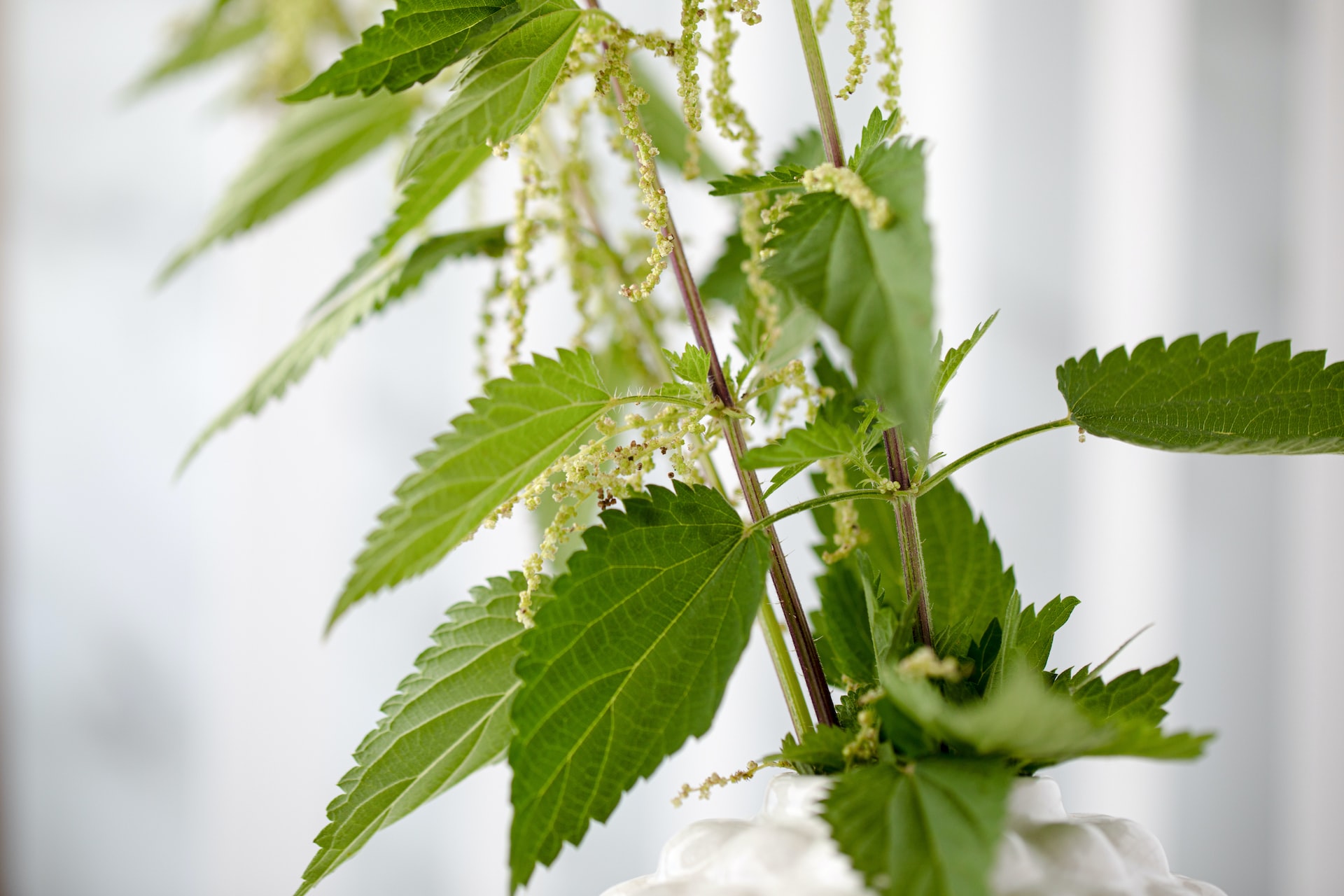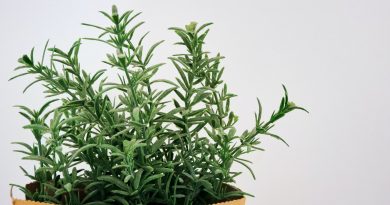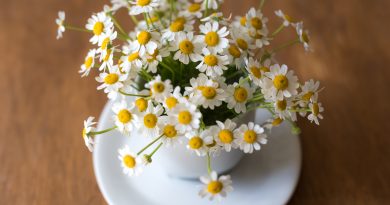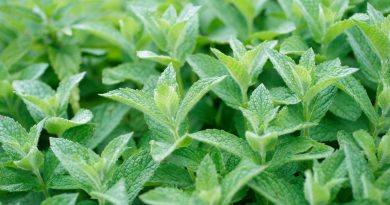Stinging Nettle (Urtica dioica)
This useful plant is often seen as an undesirable weed in parks and gardens, and its sting doesn’t add to its popularity.
However, it has been used for herbal remedies for centuries, and has many uses. It is used for health remedies and beauty product, and even culinary delights like nettle cheese or nettle soup.
The cooked leaves taste quite similar to spinach (and are used in the same way, too).
Check out these recipes for nettle tonics against hair loss!
Nettles prefer moist soil and are often found near human settlements, because they thrive on fertile grounds.
Stinging nettles are covered in thin, hollow hairs that contain chemicals like histamine, serotonine and acetylcholine. Upon contact the tips of the hairs break, and the chemicals are injected directly into the skin, causing pustules and itching. To prevent being stung, use a pair of clean gardening gloves when handling stinging nettles.
It is worth to keep a clump (or two) of nettles growing in a corner of your garden, as they have many uses.
Harvest roots in late spring, by digging up the plants, removing any dirt from the roots, and let them dry in the shade for a cpuple of days. Cut them into pieces, dry them completely and store them in a cool and dry place until needed. Dry the green parts of the plants you’ve dug up for roots and use them for tea and tinctures.
| Temperature | Hardy |
| Light | Half shade in summer |
| Water | Plenty |
| Soil | Fertile |




